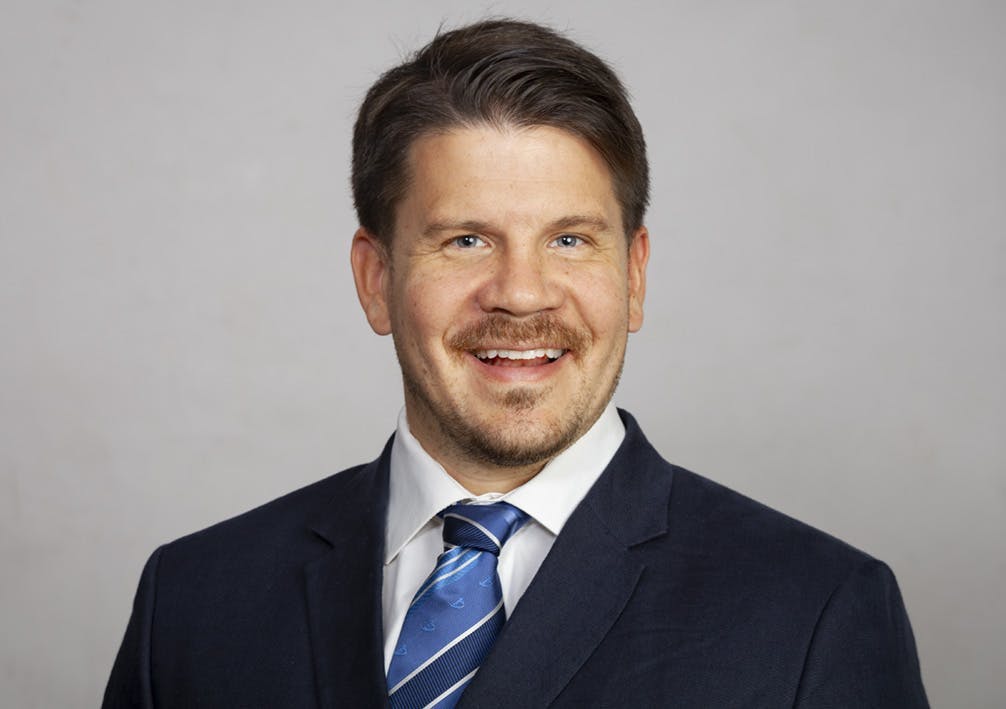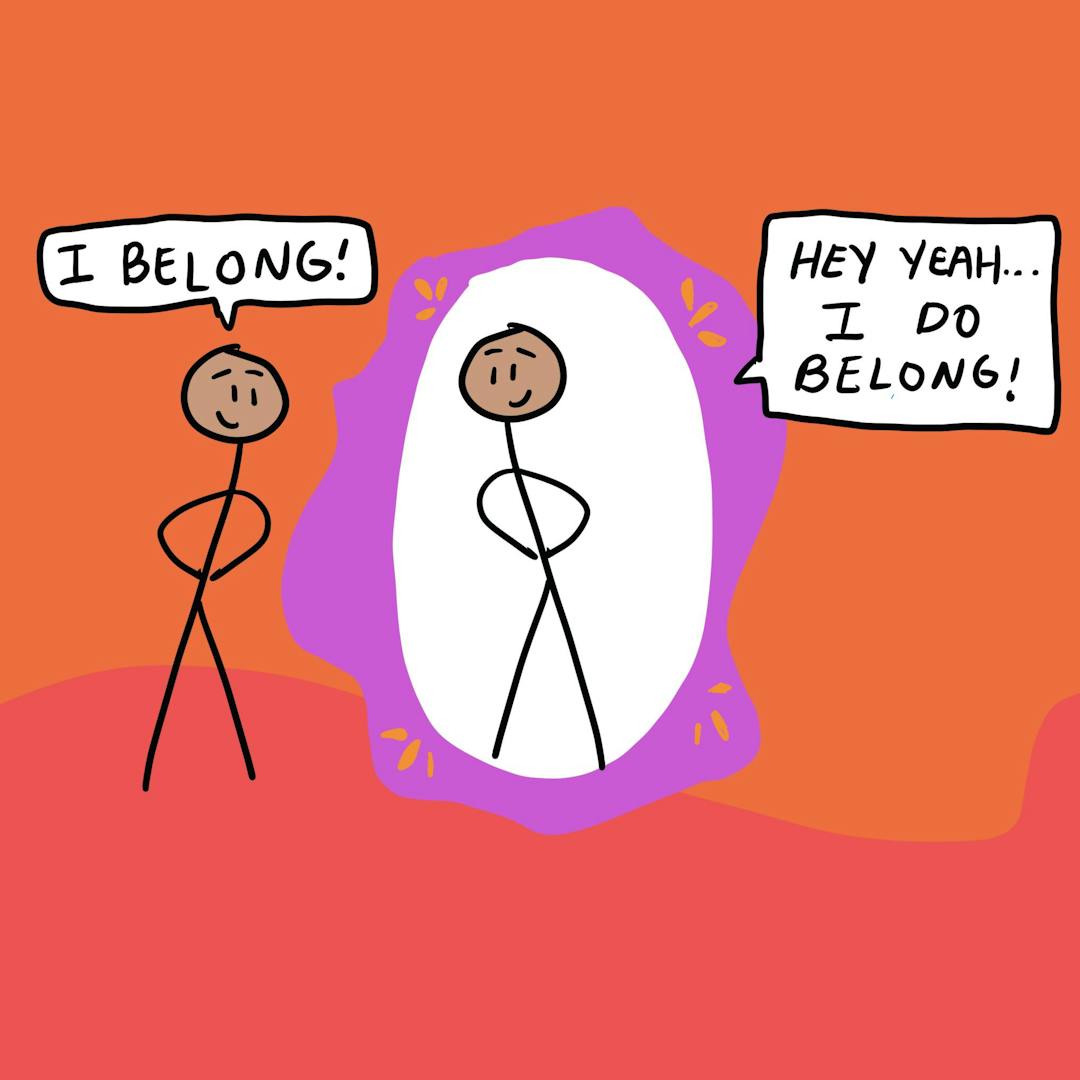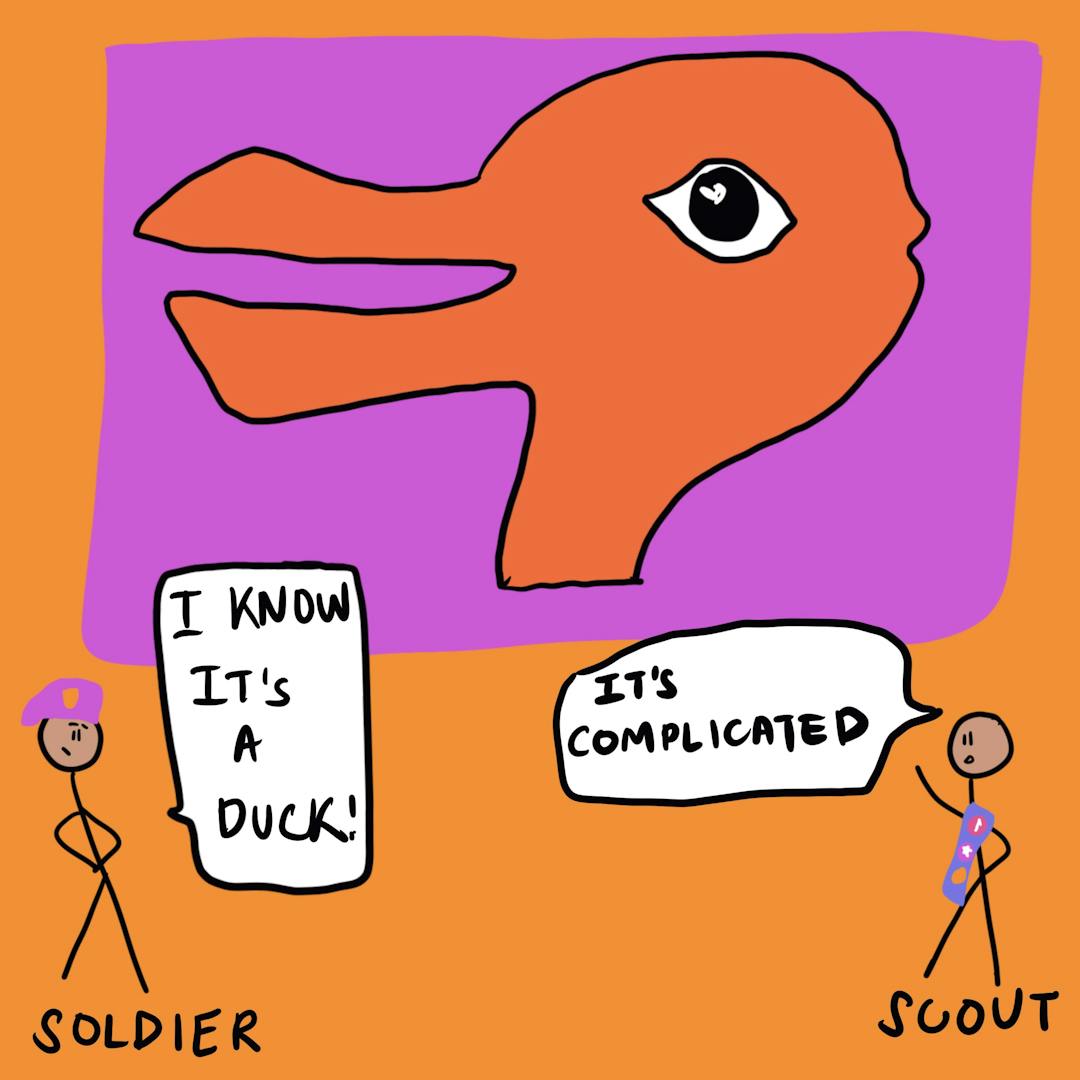Ting Jiang: Hacking Health And Savings

Art by versusthemachines
For daily habits in the interest of health [and] happiness, let’s say that they tend to be system one—we can use a nudge. But for decisions that are related to unique preferences—identity, infrequent and key decisions in one’s life—maybe we still use nudge, but the right type of paternalism is not to nudge them not to think about them, without their own awareness, but actually nudging them to deliberate on them as much and as long as needed
Intro
In today’s episode, we are joined by Ting Jiang, Principal at Center for Advanced Hindsight, a behavioral science lab at Duke University, researching and designing interventions and products for behavioral change. Ting is an experimental economist by training, a philosopher at heart and a psychologist in action. Previously, she was a postdoctoral researcher at the University of Pennsylvania, conducting research on diagnostic tools for social norms and interventions for norm change. For the past two years, a substantial portion of her time has been dedicated to conducting field studies and designing product solutions to help low-income Kenyans improve their financial and health decisions.





